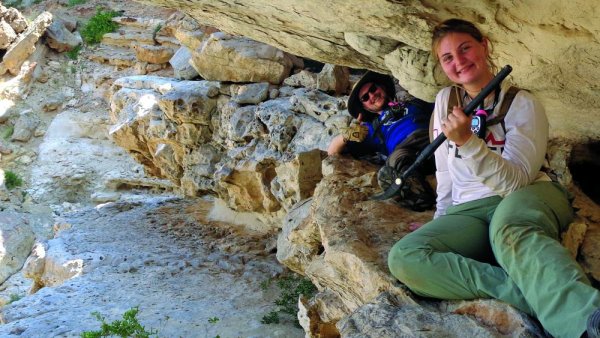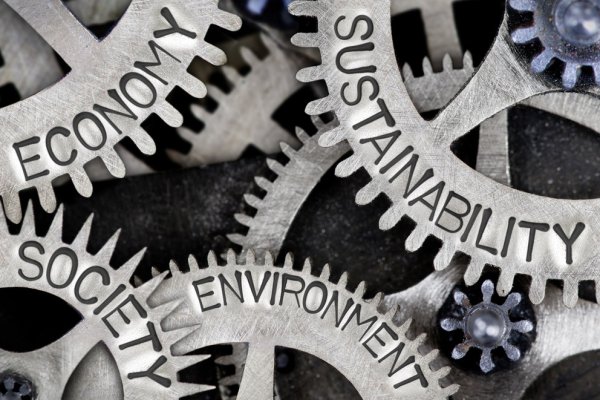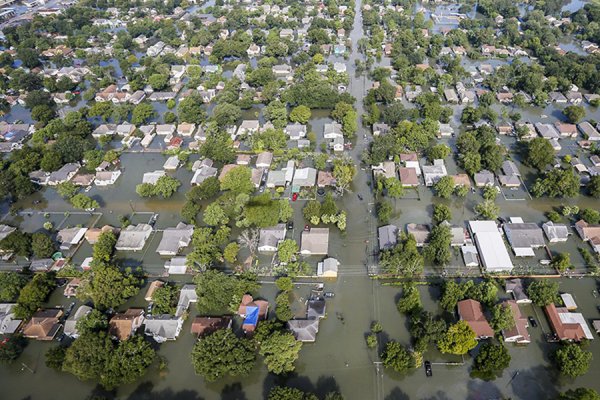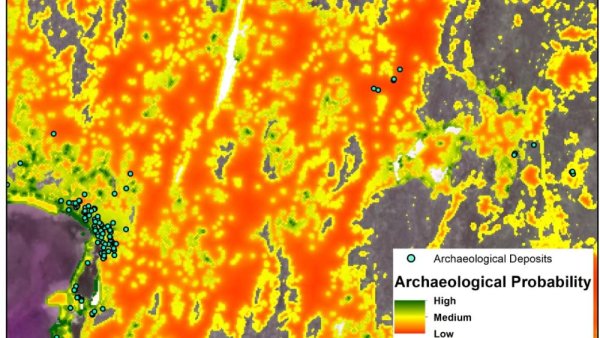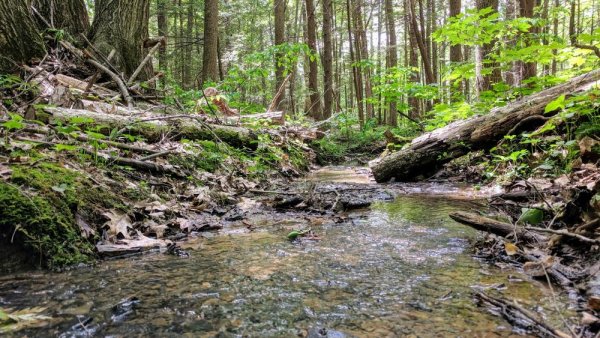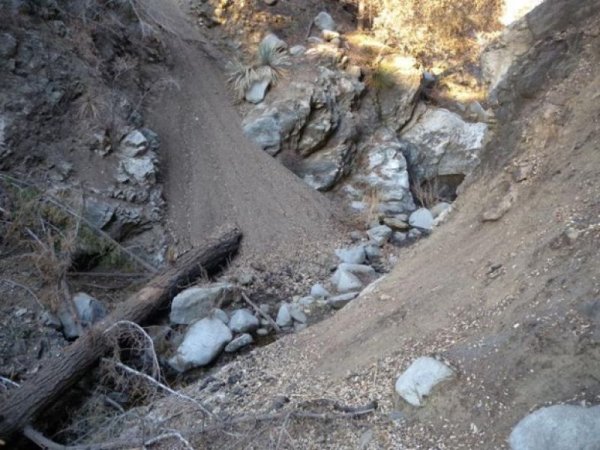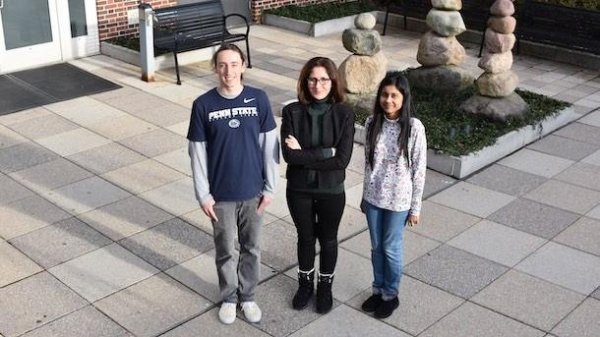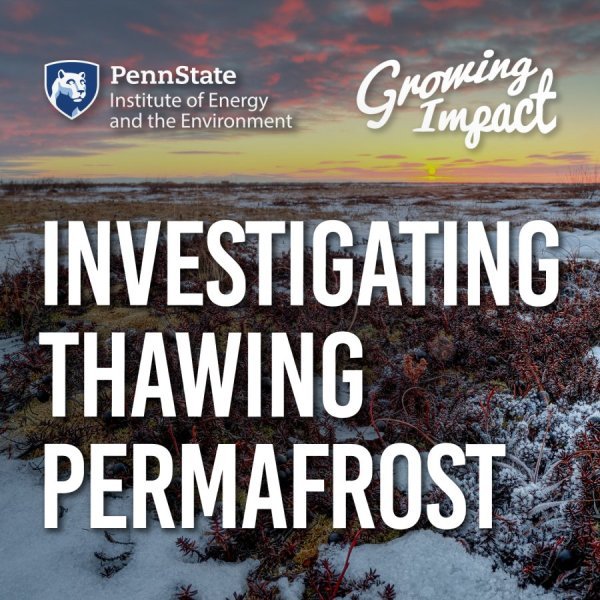Penn State researchers study how flooding has impacted Pennsylvania
| collegian.psu.edu
Two Penn State researchers are studying the area where lower rates of home ownership and the potential effects of climate change intersect. For Katherine Zipp and Lara Fowler, the intersection
Digging into the past
| psu.edu
Penn State assistant professor Sarah Ivory uses special fossils to study how climate changed in the deep past in some of the driest places on Earth, and how plants, animals and humans responded.
The economy as complement, not detriment, to environment
| news.psu.edu
Jennifer Baka works to identify methods to foster synergies between environmental regulation and economic development. Her research not only solicits information from community members, but it informs and empowers people with data so they can be part of the conversation.
Kilometers of “dark cable” form the newest seismic sensors
| scientificamerican.com
Fiber-optic cables stretching below cities, through glaciers and along the seafloor could record earthquakes and more.
Identifying the sources of salt pollution
| psu.edu
Nathaniel Warner, assistant professor of civil and environmental engineering, received a new National Science Foundation CAREER Award to research new methods of collecting water quality data.
How does flooding affect homeownership?
| news.psu.edu
Flooding is the costliest natural disaster, according to environmental economist Katherine Zipp. Over the last 20 years, flooding has caused $500 billion in global damages. In that same time period, flooding in the U.S. caused $60 billion in damages, $45 billion of which has occurred in the past five years. Zipp is part of a team that is studying how floodplain damages affect long-term housing development in high flood-risk areas.
Computers scour satellite imagery to unveil Madagascar's mysteries
| psu.edu
Scientists may be a step closer to solving some of anthropology’s biggest mysteries thanks to a machine learning algorithm that can scour through remote sensing data, such as satellite imagery, looking for signs of human settlements.
Forest soils release more carbon dioxide than expected in rainy season
| psu.edu
Current carbon cycle models may underestimate the amount of carbon dioxide released from the soil during rainy seasons in temperate forests like those found in the northeast United States, according to Penn State researchers.
Sediment loading is key to predicting post-wildfire debris flows
| psu.edu
The mudslides that follow wildfires in Southern California can be deadly and difficult to predict. New research can help officials identify areas prone to these mudslides and respond before disaster occurs, according to scientists.
Energy, chemical engineering professor receives fellowship
| psu.edu
Hilal Ezgi Toraman, assistant professor of energy engineering and chemical engineering at Penn State, has been named the Virginia S. and Philip L. Walker Jr. Faculty Fellow in Materials Science and Engineering. Chemical engineering professor receives fellowship
Spring 2020 EarthTalks series presents science toward solutions
| psu.edu
The spring 2020 EarthTalks series, "Societal Problems, EESI Science towards Solutions," features scientists from Penn State’s Earth and Environmental Systems Institute and explores the human impacts on the global environment and how to apply this knowledge to decision-making.
Seven engineering faculty members receive ROCKET Seed Grant to fund new research
| psu.edu
Seven Penn State College of Engineering faculty members were awarded the College of Engineering’s 2020 Research Opportunities for mid-Career Knowledge EnhancemenT (ROCKET) Seed Grant to fund exploration of new or existing research areas.


